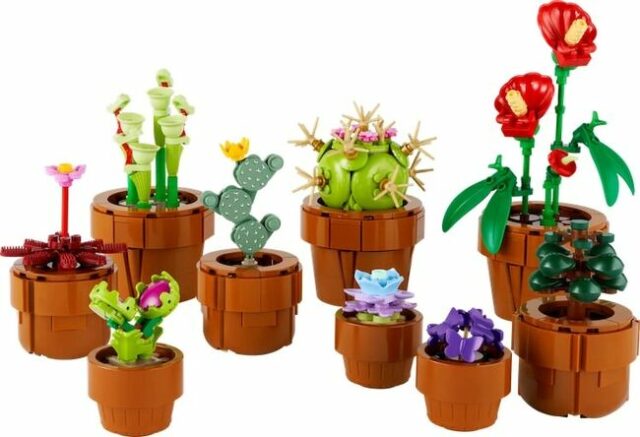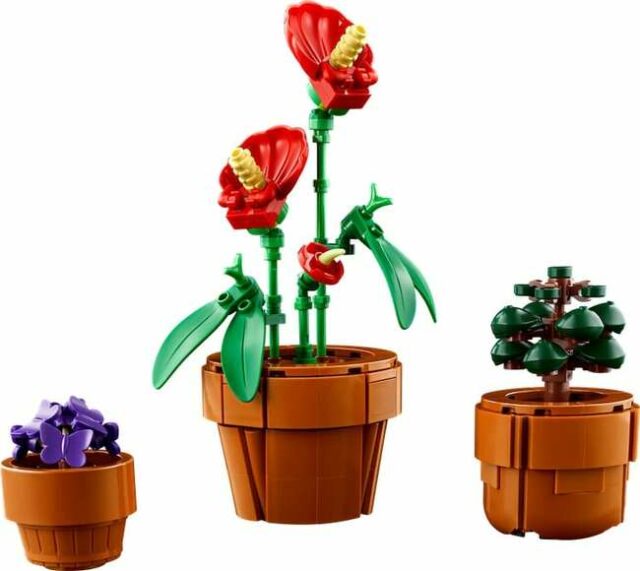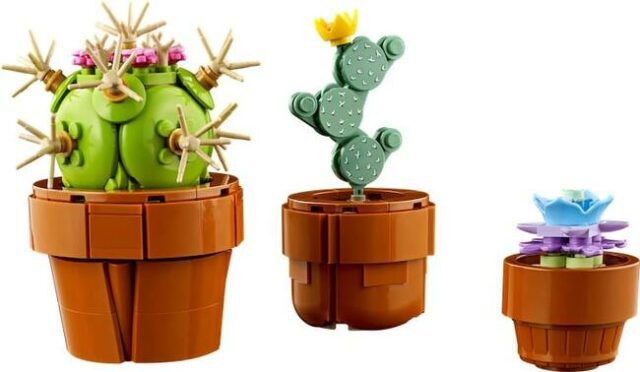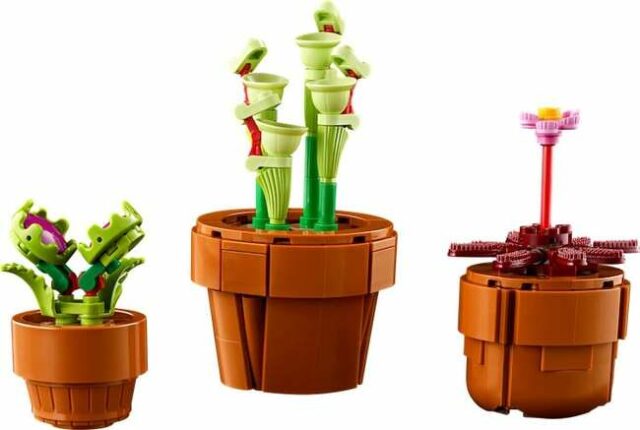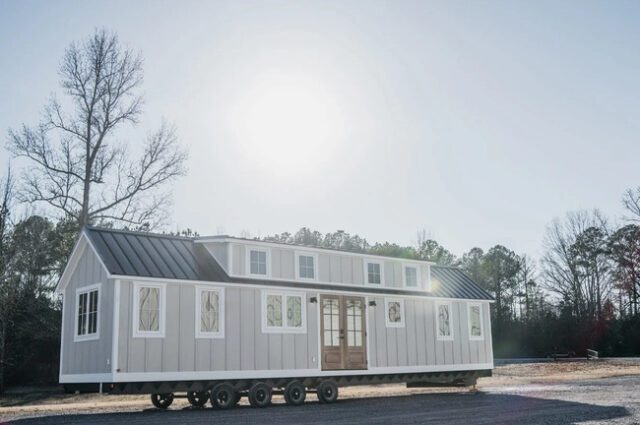
The Denali XL Bunkhouse, a creation of Timbercraft Tiny Homes, emerges as a beacon of spaciousness and comfort in the realm of tiny living. Originally introduced as the Denali Tiny Home in 2017, its evolution into the Denali XL and now the Denali XL Bunkhouse marks a progression towards accommodating larger families and gatherings. Situated on a quad-axle trailer, this majestic abode spans an impressive 41.4 feet in length and 9.8 feet in width, offering an expansive interior that can comfortably house up to six individuals. Adorned with board-and-batten siding and crowned Continue reading “The Denali XL Bunkhouse Is a Spacious Tiny Home That Can Easily Sleep Six People” »
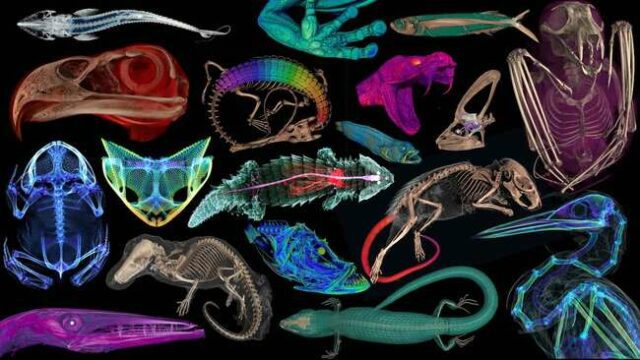
The completion of the openVertebrate (oVert) project marks a monumental leap forward in both scientific research and public accessibility to natural history collections. Over the course of five years, 18 institutions collaborated to undertake the ambitious task of 3D-scanning thousands of vertebrate specimens, resulting in an extensive digital repository now freely available online. Through the publication of their findings in the journal BioScience, researchers have provided a glimpse into the vast potential of this data, showcasing its capacity to fuel innovative inquiries and technological Continue reading “Scientists Have 3D-Scanned Thousands of Creatures Creating Incredibly Intricate Images Anyone Can Access for Free” »

Nestled amidst the vast expanse of Turkey’s desert landscape, the Central Control Building stands as a testament to innovation and sustainability in architecture. Designed by Bilgin Architects, this remarkable structure serves as the focal point of Kalyon Energy’s colossal solar power plant, seamlessly blending into its surroundings while also making a bold statement with its sleek, modern aesthetic. The façade, adorned with over 7,000 stainless steel panels, not only contributes to the building’s energy efficiency by regulating internal temperatures but also transforms with the shifting light of day, offering a captivating visual experience as it interacts with the sky. As night falls, the building undergoes Continue reading “Over 7,000 Steel Panels Line Façade of Europe’s Largest Solar Power Plant in Turkish Desert” »
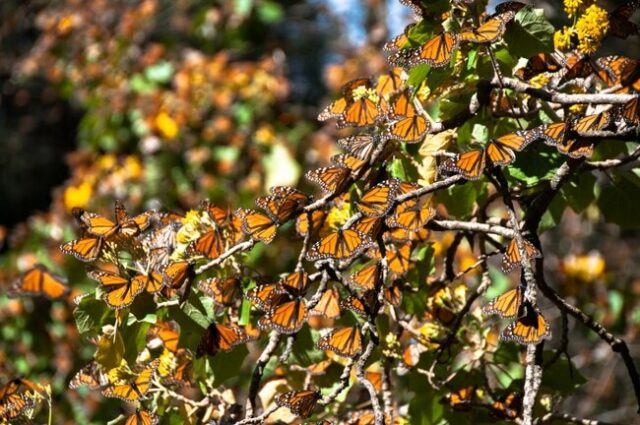
Every year, the awe-inspiring migration of millions of monarch butterflies captivates the forests of Central Mexico, turning the landscape into a vibrant tapestry of orange and black. From October to March, these delicate creatures transform Mexico’s Monarch Butterfly Biosphere Reserve into a sanctuary, where they rest, reproduce, Continue reading “Millions of Monarch Butterflies Make the Mexican Forest Their Home for the Winter” »

A prevailing concern in American families is the impact of dementia on aging relatives, with its debilitating effects on memory and cognitive abilities. Despite the challenges associated with caring for loved ones afflicted with dementia, a glimmer of hope emerges from recent research indicating a decline in dementia rates among individuals over 65 years old. Funded by the National Institute on Aging and published in the Proceedings of the National Continue reading “Study Finds That Dementia Rates Are Declining” »
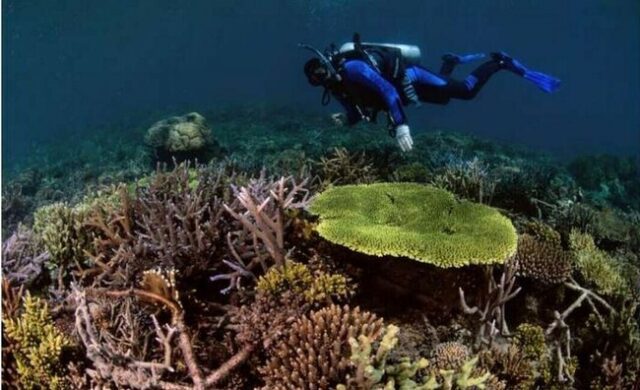
In a groundbreaking revelation, researchers investigating coral restoration efforts in Indonesia have uncovered a remarkable phenomenon: artificially restored coral reefs can achieve full recovery within a mere four years, rivaling the growth rates of naturally occurring reefs. This astonishing discovery brings hope to the conservation of coral ecosystems worldwide, particularly in the face of escalating threats such as stronger storms and acidic seas. Continue reading “Full Recovery for Coral Reef Within 4 Years – The Speed of Restoration They Saw was ‘Incredible’” »

Liverpool, renowned for its maritime heritage, is poised to embark on an ambitious endeavor that could reshape its energy landscape and fortify its resilience against environmental challenges. With the River Mersey and the Bay of Liverpool as its invaluable resources, the city is spearheading the development of the world’s largest tidal power project. In a bold move to outpace national targets and transition towards a net-zero economy, Liverpool City Region is advancing into the third phase of planning for this monumental initiative. Drawing on a century-old aspiration to harness the relentless power of the tides, Mersey Tidal Power aims to not only provide sustainable energy for a million households but also shield the city from the threat of flooding, all while preserving the delicate estuarine ecosystem.

At the heart of this pioneering scheme lies a vision that blends innovation with environmental stewardship. Although details are scarce, initial plans suggest the construction of a vast dam that would act as a barrier between the Irish Sea and a tidal basin. Beneath its surface, colossal turbines and sluice gates would harness the kinetic energy of the tides, opening and closing in synchrony with the gravitational pull of the moon. Liverpool’s mayor, Steve Rotherham, sees this project not just as a means to power homes but as a testament to the city’s commitment to a sustainable future. Leveraging expertise from established tidal power plants like the Rance facility in France and Sihwa Lake in South Korea, Liverpool is poised to embark on a transformative journey that could redefine its energy landscape for generations to come. While acknowledging the formidable challenges ahead, the city remains resolute in its belief that this endeavor will pave the way for a cleaner, greener, and more prosperous tomorrow.
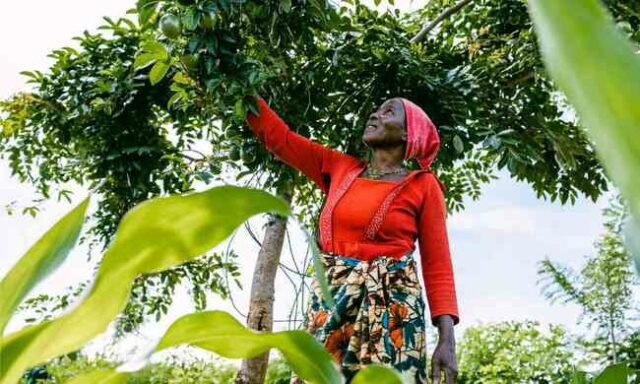
The African Forest Farming Initiative, spearheaded by Trees for the Future, has emerged as a transformative force in rural Africa, offering an alternative approach to conservation and economic development. Departing from conventional strategies that focus solely on funding park infrastructure and wildlife protection, this initiative recognizes the symbiotic relationship between farmers and the environment. By imparting simple agroforestry techniques to African farmers, Continue reading “African Forest Farming Initiative Making A Difference to Thousands with Tree-Planting and Microlending” »
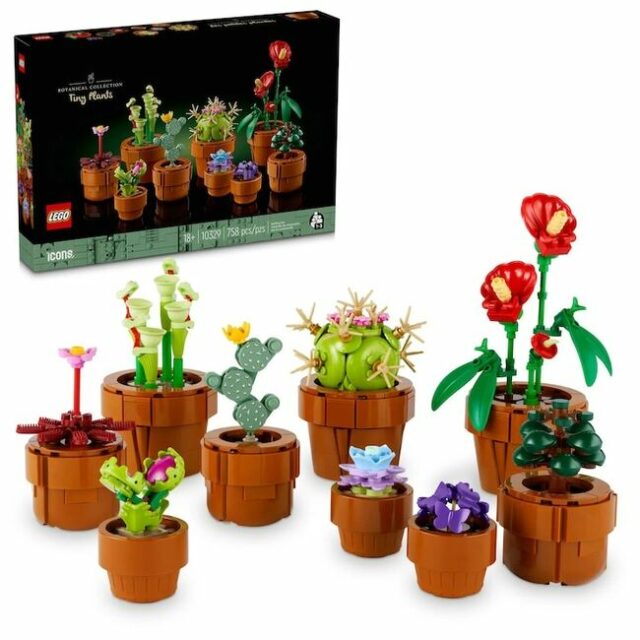
LEGO’s latest innovation, the ‘Tiny Plants’ set, introduces a delightful blend of nature and creativity into indoor spaces, promising everlasting greenery that transcends seasonal boundaries. Designed with meticulous attention to detail, this collection of nine diverse plant species caters to a spectrum of tastes, from lush tropical foliage to resilient desert flora. Crafted from sustainably sourced plant-based materials, these miniature botanical wonders bring a touch of the outdoors to any environment without the hassle of maintenance. Each plant boasts vibrant hues and intricate detailing, evoking a sense of tranquility reminiscent of a well-tended greenhouse. Whether adorning a desk, shelf, or windowsill, these potted marvels infuse spaces with a serene ambiance, inviting moments of relaxation and reflection amidst the bustle of daily life.
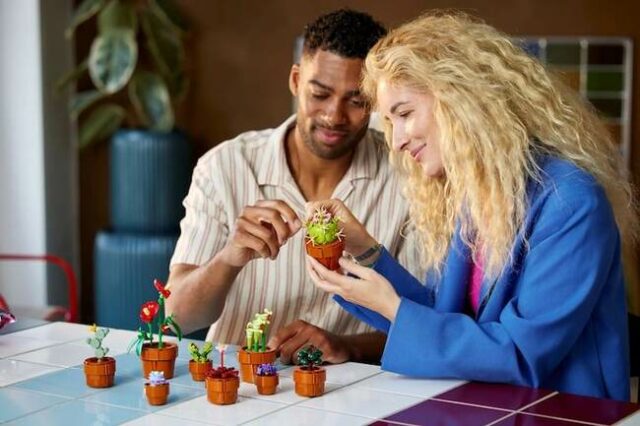
What sets the ‘Tiny Plants’ set apart is its innovative use of geometric forms to capture the essence of natural beauty. From the gentle curves of terracotta pots to the pointed symmetry of flower petals, every element harmonizes to recreate the allure of botanical life in miniature. With offerings ranging from exotic tropical specimens to the intriguing Venus flytrap, this set caters to diverse aesthetic preferences and botanical interests. Priced at $49.99, LEGO’s ‘Tiny Plants’ set is readily accessible through various online platforms, including LEGO’s official website, Amazon, Target, and Walmart, ensuring that enthusiasts can effortlessly cultivate their indoor oasis of perpetual greenery.
